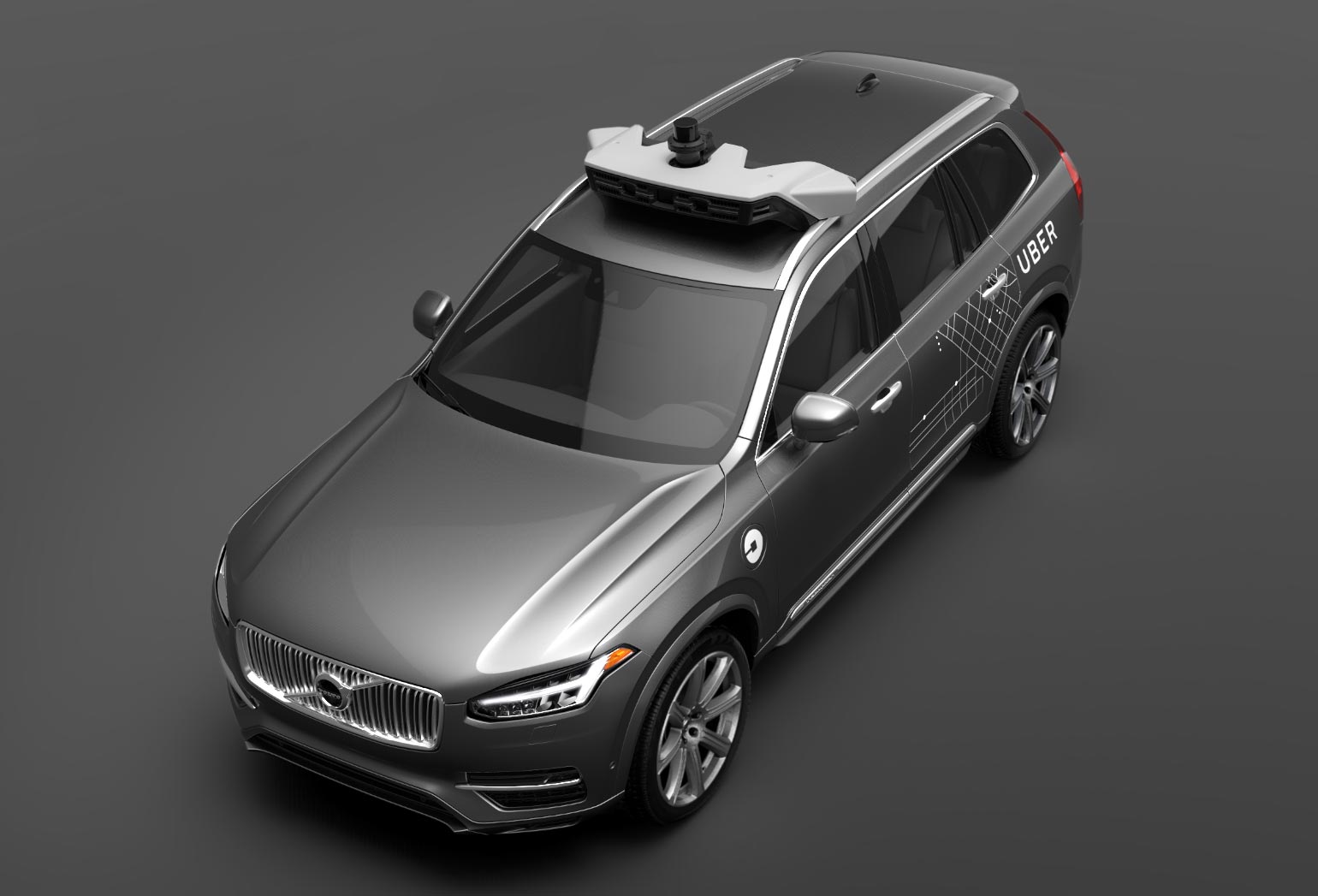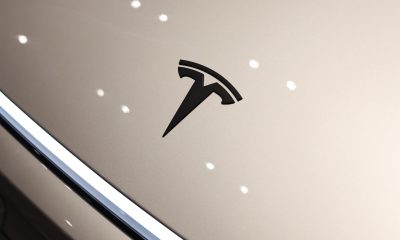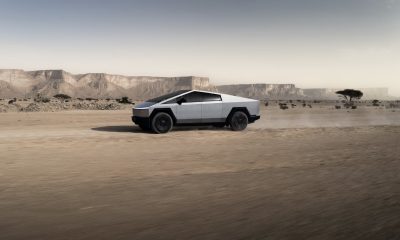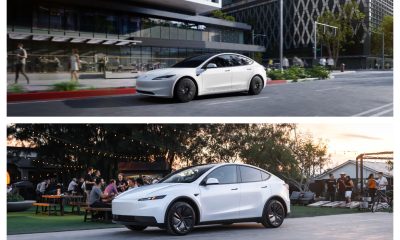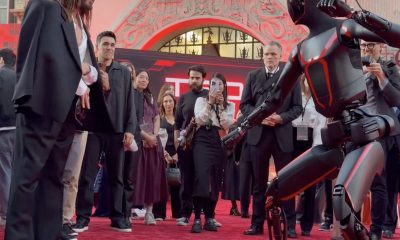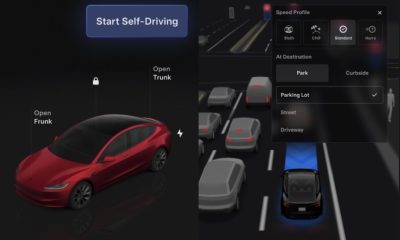News
Uber will offer self-driving Volvos in Pittsburgh this month

Uber customers in Pittsburgh who request a ride from the ride sharing service may find themselves riding in a specially prepared Volvo XC90 that can drive itself. Passengers will ride in a self-driving vehicle chaperoned by a human driver behind the wheel ready to take control of the car if necessary and an engineer monitoring the operation of the autonomous system. This will mark the first time a self-driving car has been used in commercial service in the United States.
Uber’s self-driving car program has been under the stewardship of John Bares since January, 2015. Bares was head of Carnegie Mellon University’s National Robotics Engineering Center for 13 years before he left to start Carnegie Robotics, a Pittsburgh-based company that makes components for self-driving industrial robots used in mining, farming, and the military.
“I turned him [Kalanick] down three times. But the case was pretty compelling.” Bares says. Once he joined Uber, he quickly put together a team consisting of hundreds of engineers, robotics experts, and few old fashioned auto mechanics. The mission was nothing less that to replace Uber’s 1 million human drivers with robotic drivers as soon as possible. The message is, if you drive for Uber, you should keep your resumé up to date and your eyes open for other lines of work.
Pittsburgh is the center of the Uber self-driving experiment because that is where the talent is. Carnegie Mellon is a world leader in autonomous systems. Its graduates are working on the Google car and are in high demand at any company planning to offer self-driving cars, including Apple and Tesla. Earlier in the year, a Tesla Model S loaded with cameras and sensors, presumably a test mule for Autopilot 2.0, was spotted testing in Pittsburgh.
So far, Uber has just a few specially modified Volvo XC90s ready for commercial service, but it expects to have 100 of them by the end of the year. The hardware at the heart of its self-driving system includes cameras, radar, lidar, GPS receivers, and a liquid cooled computer mounted in the rear.
Uber is moving fast. “We are going commercial,” says CEO Travis Kalanick. “This can’t just be about science.” Last month, it purchased Otto, a start-up company that is working to bring self-driving long haul trucks to market. In theory, its technology will allow truck drivers to crawl in back and nap while the trucks are on the highway. Uber will take over and re-brand that business and incorporate the Otto technology into its own self-driving systems.
Otto’s founders were all previously members of the Google car program, but grew impatient with the slow, plodding pace of development at Google. They wanted an opportunity to showcase their talents much sooner than they could if they remained at Google. “We were really excited about building something that could be launched early,” says Anthony Levandowski, co-founder of Otto.
Kalanick is clearly looking to be the first to begin offering a self-driving ride hailing service. He intends to beat Tesla, Apple, Google, Ford, and Genera Motors to the punch. “Nobody has set up software that can reliably drive a car safely without a human,” he says in an oblique reference to Tesla’s Autopilot system. “We are focusing on that.” Developing an autonomous vehicle, he adds, “is basically existential for us.”
At first, trips in the self-driving Volvos will be free. Uber’s standard local rate is $1.30 per mile but Kalanick says eventually prices will be so low that the cost per mile will be cheaper in a self-driving Uber than in a private car, even in rural areas. “That could be seen as a threat,” says Volvo CEO Hakan Samuelsson. “We see it as an opportunity.”
Source: Bloomberg Photo credit: Uber, AP
News
Nvidia CEO Jensen Huang regrets not investing more in Elon Musk’s xAI
The CEO stated that Nvidia is already an investor in xAI, but he wished he had given the artificial intelligence startup more money.
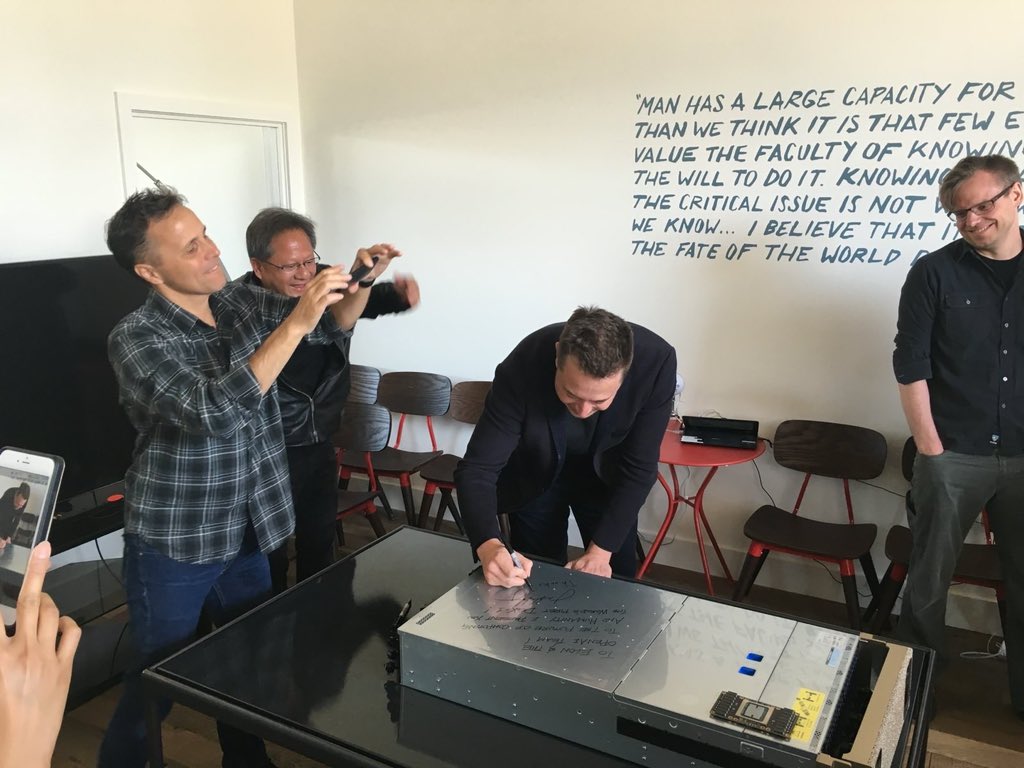
Nvidia CEO Jensen Huang revealed that one of his investment regrets is not putting more money into Elon Musk’s artificial intelligence startup, xAI.
Speaking in a CNBC interview, Huang said Nvidia is already an investor in xAI but wished he had given the artificial intelligence startup more money. This was due to Musk’s record of building transformative companies such as Tesla and SpaceX.
A new wave of transformative AI firms
Huang said he’s very excited about xAI’s latest financing round. He described Musk’s company as part of a powerful new generation of AI developers, alongside OpenAI and Anthropic. that are reshaping the computing landscape.
“I’m super excited about the financing opportunity they’re doing. The only regret I have about xAI, we’re an investor already, is that I didn’t give him more money. You know almost everything that Elon’s pat of, you really want to be part of as well,” the Nvidia CEO stated.
The CEO also clarified Nvidia’s investment in xAI, revealing that Elon Musk had offered the investment opportunity to the chipmaker. “He (Musk) gave us the opportunity to invest in xAI. I’m just delighted by that,” Huang stated.
AI investment boom
Huang contrasted today’s AI-driven economy with the early days of the internet. “Back then, all the internet companies combined were maybe $30 or $40 billion in size,” he said. “If you look at the hyperscalers now, that’s about $2.5 trillion of business already operating today.”
He also stated that the ongoing shift from CPU-based computing to GPU-powered generative AI represents a “multi-trillion-dollar buildout” that Nvidia is looking to support. Huang added that every Nvidia engineer now works with AI coding assistants such as Cursor, which he called his “favorite enterprise AI service,” and it has led to a major productivity boost across the company.
Watch Nvidia CEO Jensen Huang’s CNBC interview in the video below.
Investor's Corner
Stifel raises Tesla price target by 9.8% over FSD, Robotaxi advancements
Stifel also maintained a “Buy” rating for the electric vehicle maker.
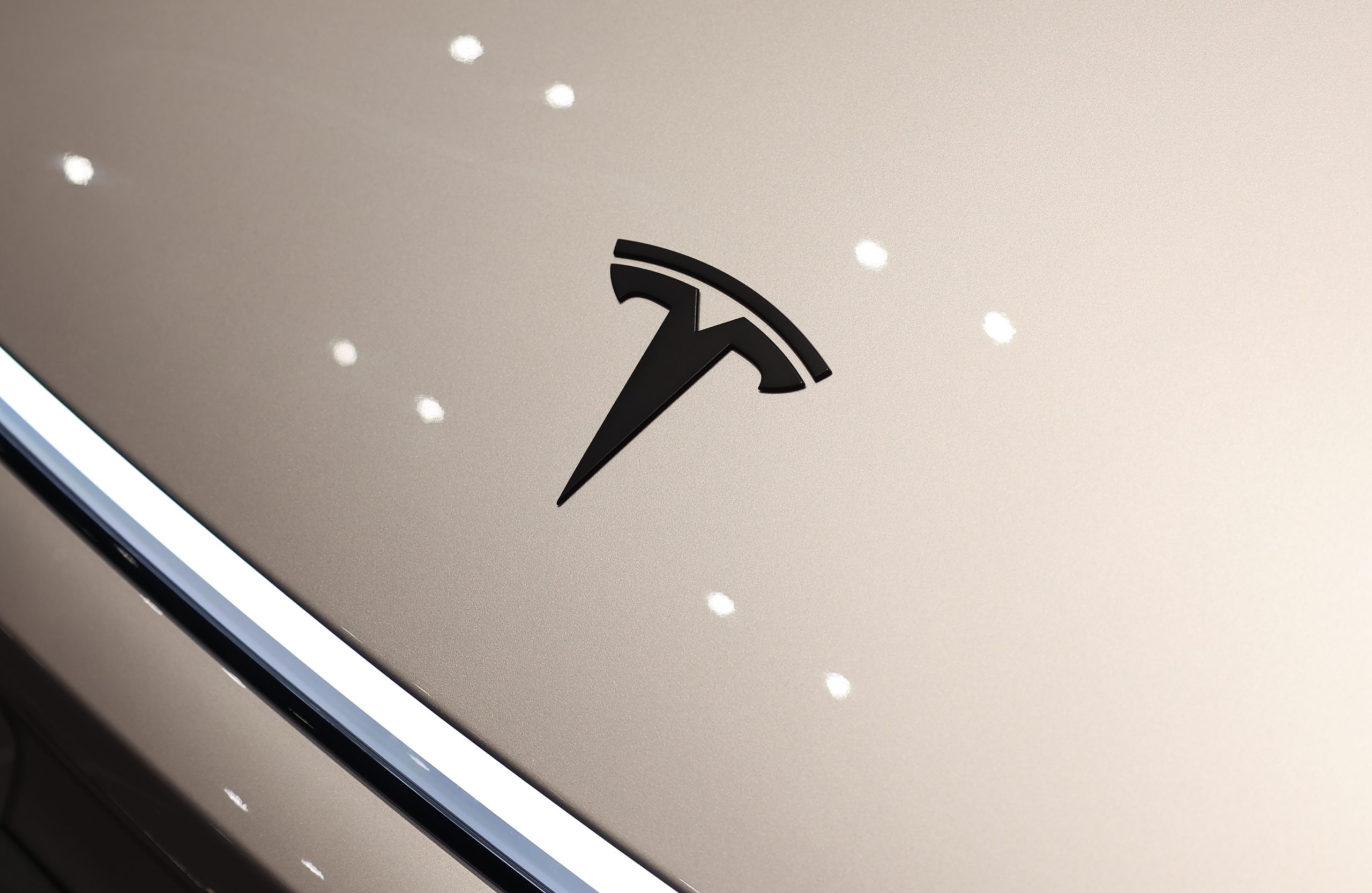
Investment firm Stifel has raised its price target for Tesla (NASDAQ:TSLA) shares to $483 from $440 over increased confidence in the company’s self-driving and Robotaxi programs. The new price target suggests an 11.5% upside from Tesla’s closing price on Tuesday.
Stifel also maintained a “Buy” rating despite acknowledging that Tesla’s timeline for fully unsupervised driving may be ambitious.
Building confidence
In a note to clients, Stifel stated that it believes “Tesla is making progress with modest advancements in its Robotaxi network and FSD,” as noted in a report from Investing.com. The firm expects unsupervised FSD to become available for personal use in the U.S. by the end of 2025, with a wider ride-hailing rollout potentially covering half of the U.S. population by year-end.
Stifel also noted that Tesla’s Robotaxi fleet could expand from “tiny to gigantic” within a short time frame, possibly making a material financial impact to the company by late 2026. The firm views Tesla’s vision-based approach to autonomy as central to this long-term growth, suggesting that continued advancements could unlock new revenue streams across both consumer and mobility sectors.
Tesla’s FSD goals still ambitious
While Stifel’s tone remains optimistic, the firm’s analysts acknowledged that Tesla’s aggressive autonomy timeline may face execution challenges. The note described the 2025 unsupervised FSD target as “a stretch,” though still achievable in the medium term.
“We believe Tesla is making progress with modest advancements in its Robotaxi network and FSD. The company has high expectations for its camera-based approach including; 1) Unsupervised FSD to be available for personal use in the United States by year-end 2025, which appears to be a stretch but seems more likely in the medium term; 2) that it will ‘probably have ride hailing in probably half of the populations of the U.S. by the end of the year’,” the firm noted.
News
Tesla Cybertruck’s Full Self-Driving update is ‘coming soon’
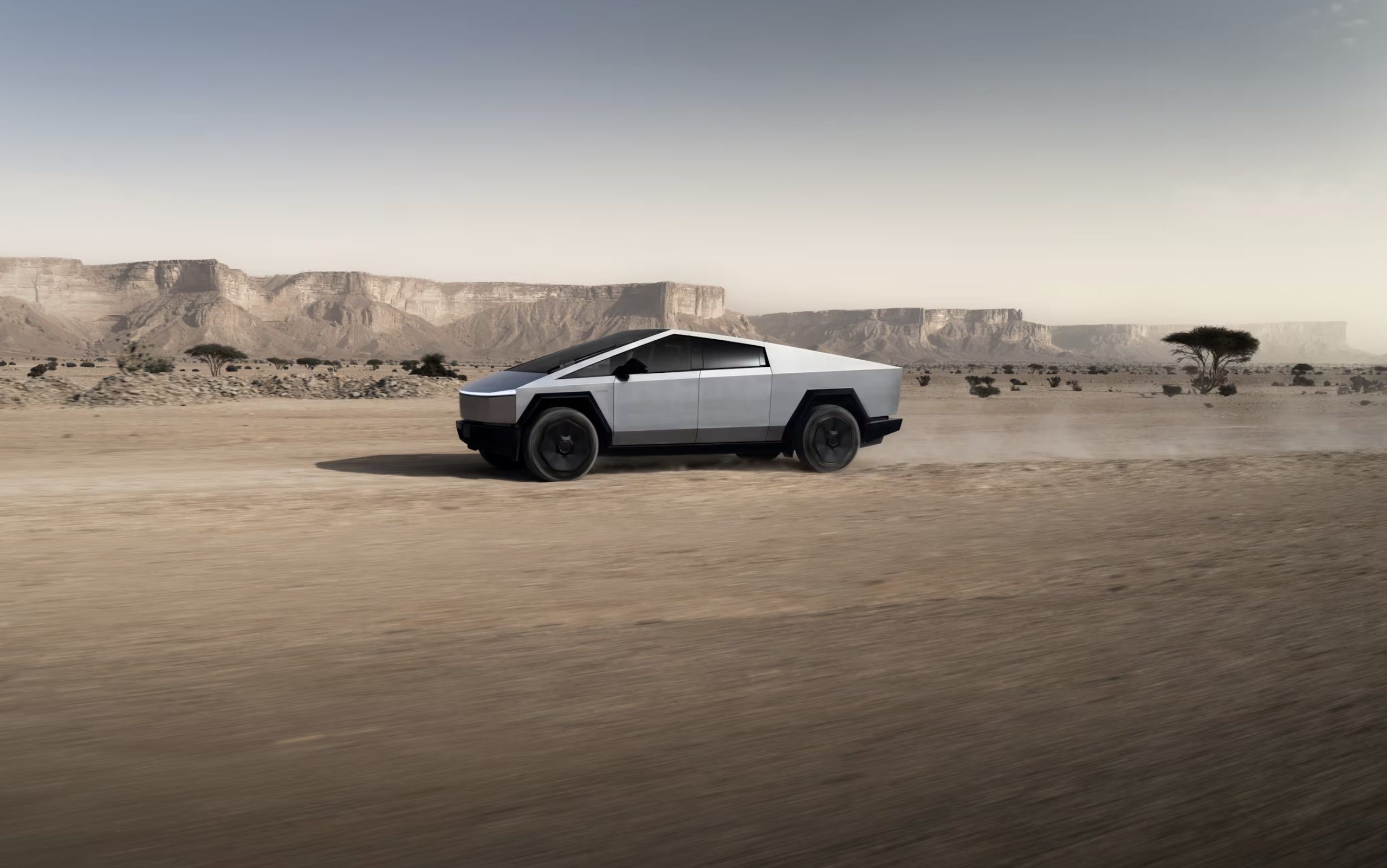
Tesla Cybertruck owners are wondering when they will get access to the company’s Full Self-Driving version 14.1 that rolled out to other owners today for the first time.
Cybertruck owners typically receive Full Self-Driving updates slightly later than other drivers, as the process for the all-electric pickup is different. It is a larger vehicle that requires some additional attention from Tesla before FSD versions are rolled out, so they will be slightly delayed. CEO Elon Musk said the all-wheel steering technically requires a bit more attention before rollout as well.
The all-wheel steering of Cybertruck requires a bit more Autopilot training
— Elon Musk (@elonmusk) October 7, 2025
After some owners got access to the v14.1 Full Self-Driving suite this morning, Cybertruck owners sought out a potential timeframe for when they would be able to experience things for themselves.
Tesla owners show off improvements with new Full Self-Driving v14 rollout
They were able to get an answer from Ashok Elluswamy, Tesla’s Head of AI, who said:
“We got you. Coming soon.”
We got you. Coming soon.
— Ashok Elluswamy (@aelluswamy) October 7, 2025
The release of FSD v14.1 for Cybertruck will not be tempered, either. Elluswamy then confirmed that Tesla would be rolling out the full-featured FSD v14 for the pickup, meaning it would be able to reverse and park itself, among other features.
Elluswamy said it would be capable of these features, which were void in other FSD releases for Cybertruck in the past.
Tesla’s rollout of FSD v14.1 brings several extremely notable changes and improvements to the suite, including more refined operation in parking garages, a new ability to choose parking preferences upon arriving at your destination, a new driving mode called “Sloth,” which is even more reserved than “Chill,” and general operational improvements.
Those who were lucky enough to receive the suite have already started showing off the improvements, and they definitely seem to be a step up from what v13’s more recent versions were capable of.
CEO Elon Musk called v14 “sentient” a few weeks back, and it seems that it is moving toward that. However, he did state that additional releases with more capabilities would be available in the coming weeks, but many owners are still waiting for this first version.
-
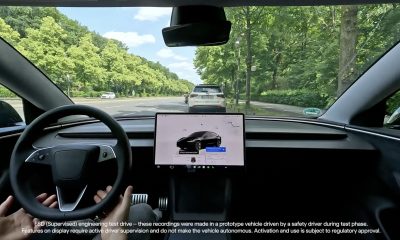
 Elon Musk2 weeks ago
Elon Musk2 weeks agoTesla FSD V14 set for early wide release next week: Elon Musk
-
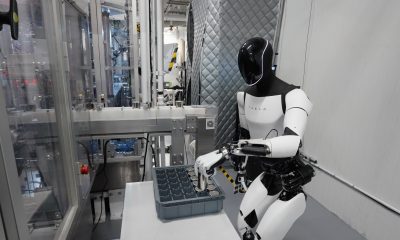
 News2 weeks ago
News2 weeks agoElon Musk gives update on Tesla Optimus progress
-
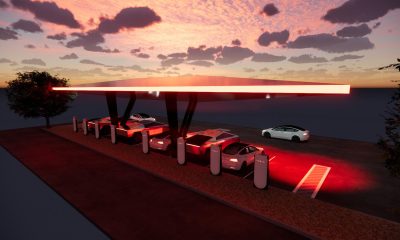
 News2 weeks ago
News2 weeks agoTesla has a new first with its Supercharger network
-
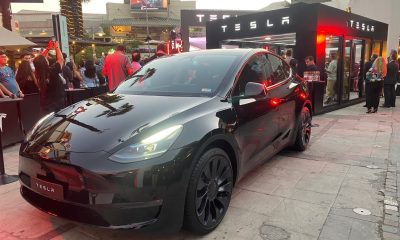
 News2 weeks ago
News2 weeks agoTesla job postings seem to show next surprise market entry
-
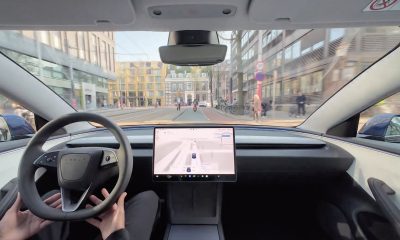
 Investor's Corner2 weeks ago
Investor's Corner2 weeks agoTesla gets new Street-high price target with high hopes for autonomy domination
-
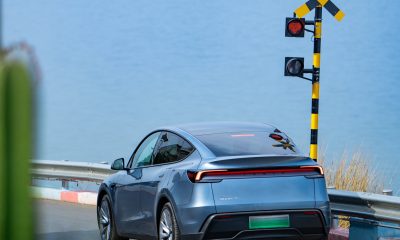
 Lifestyle1 week ago
Lifestyle1 week ago500-mile test proves why Tesla Model Y still humiliates rivals in Europe
-
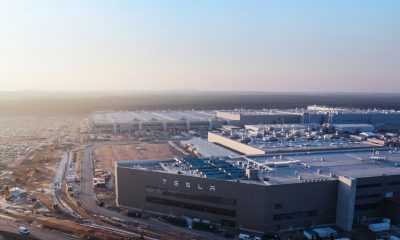
 News1 week ago
News1 week agoTesla Giga Berlin’s water consumption has achieved the unthinkable
-
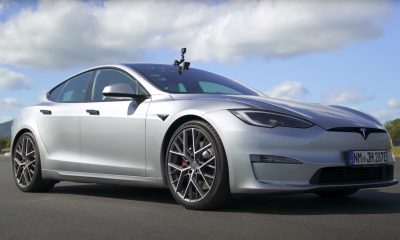
 Lifestyle1 week ago
Lifestyle1 week agoTesla Model S Plaid battles China’s 1500 hp monster Nurburgring monster, with surprising results

